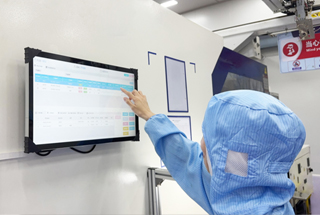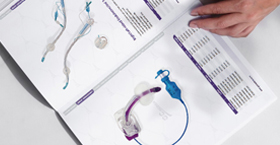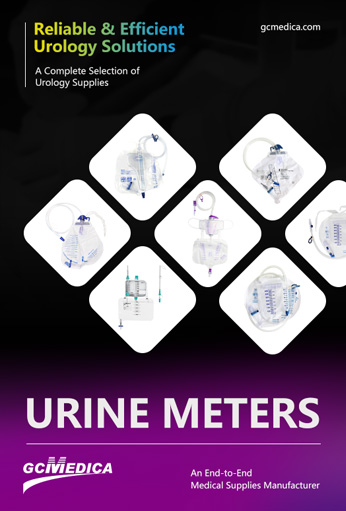A closed urine meter system is a medical device designed to collect and measure a patient’s urine output in a sterile, leak‑proof environment. By integrating a calibrated metering chamber directly into a sealed drainage assembly, it minimizes the risk of contamination and prevents backflow of pathogens into the urinary tract. Commonly deployed in critical care, post‑operative, and long‑term catheterization settings, these systems provide reliable, real‑time monitoring of renal function and fluid balance, crucial for clinical decision‑making.
Components and Materials
Closed urine meter systems typically consist of the following elements:
Catheter: A soft, flexible Foley catheter made of silicone or latex, inserted into the bladder.
Drainage Tubing: A kink‑resistant, clear PVC tube that connects the catheter to the meter.
Metering Chamber: A graduated, transparent chamber marked in milliliters (mL) or cubic centimeters (cc) for precise measurement.
Anti‑Reflux Valve: A one‑way valve positioned between the tubing and chamber to prevent urine from flowing back toward the patient.
Collection Bag: A sealed bag downstream of the metering chamber that stores urine once it passes through the meter.
Sampling Port: A sterile access port for withdrawing urine samples without disconnecting the system.
All materials are biocompatible and designed for single‑use or limited reuse following manufacturer sterilization protocols.
Mechanism of Action
When the catheter drains urine from the bladder, it flows through the drainage tubing into the metering chamber. As fluid accumulates, it raises a float or fills a graduated scale, allowing visual quantification of output. Once the chamber reaches its capacity (typically 500–1,000 mL), excess urine automatically diverts into the downstream storage bag. The anti‑reflux valve ensures unidirectional flow, maintaining a closed system that guards against retrograde contamination. Clinicians can record chamber readings at predefined intervals—hourly, at shift changes, or on demand—and then reset the chamber by opening a drainage port to release collected urine into the bag.
Clinical Applications and Benefits
Closed urine meter systems offer several advantages:
Infection Control: By maintaining a sterile, uninterrupted fluid pathway, they reduce catheter‑associated urinary tract infections (CAUTIs).
Accurate Monitoring: The integrated graduated chamber allows for precise hourly output measurements, critical in renal failure, heart failure, and shock management.
Ease of Use: Visual scales and quick‑release valves simplify recording and resetting, lowering nursing workload.
Patient Safety: Leak‑proof seals and anti‑reflux valves prevent spills, skin maceration, and contamination.
Sample Collection: Built‑in ports enable aseptic urine sampling without system disassembly or exposure to external pathogens.
Technical Specifications
| Feature | Specification |
|---|---|
| Catheter Size | 12–18 Fr |
| Metering Chamber Capacity | 500 mL or 1,000 mL |
| Graduation Increments | 10 mL |
| Tubing Length | 100 cm |
| Material | Medical‑grade PVC, silicone, latex |
| Anti‑Reflux Valve | Integrated one‑way valve |
| Sampling Port | Self‑sealing Luer lock |
| Sterility | Sterile, single‑use or limited reuse |
| Storage Bag Capacity | 2,000 mL |
Conclusion
A closed urine meter system streamlines urine output monitoring by combining precise measurement with strict infection‑control safeguards. Its closed‑circuit design, user‑friendly features, and accurate chamber graduations enhance patient safety and support clinicians in making timely, data‑driven decisions. Whether used in intensive care units, surgical wards, or long‑term care facilities, these systems represent an essential component of modern urinary management.
| Closed Urine Meter System > |


 Français
Français Español
Español Products
Products

 About Us
About Us












